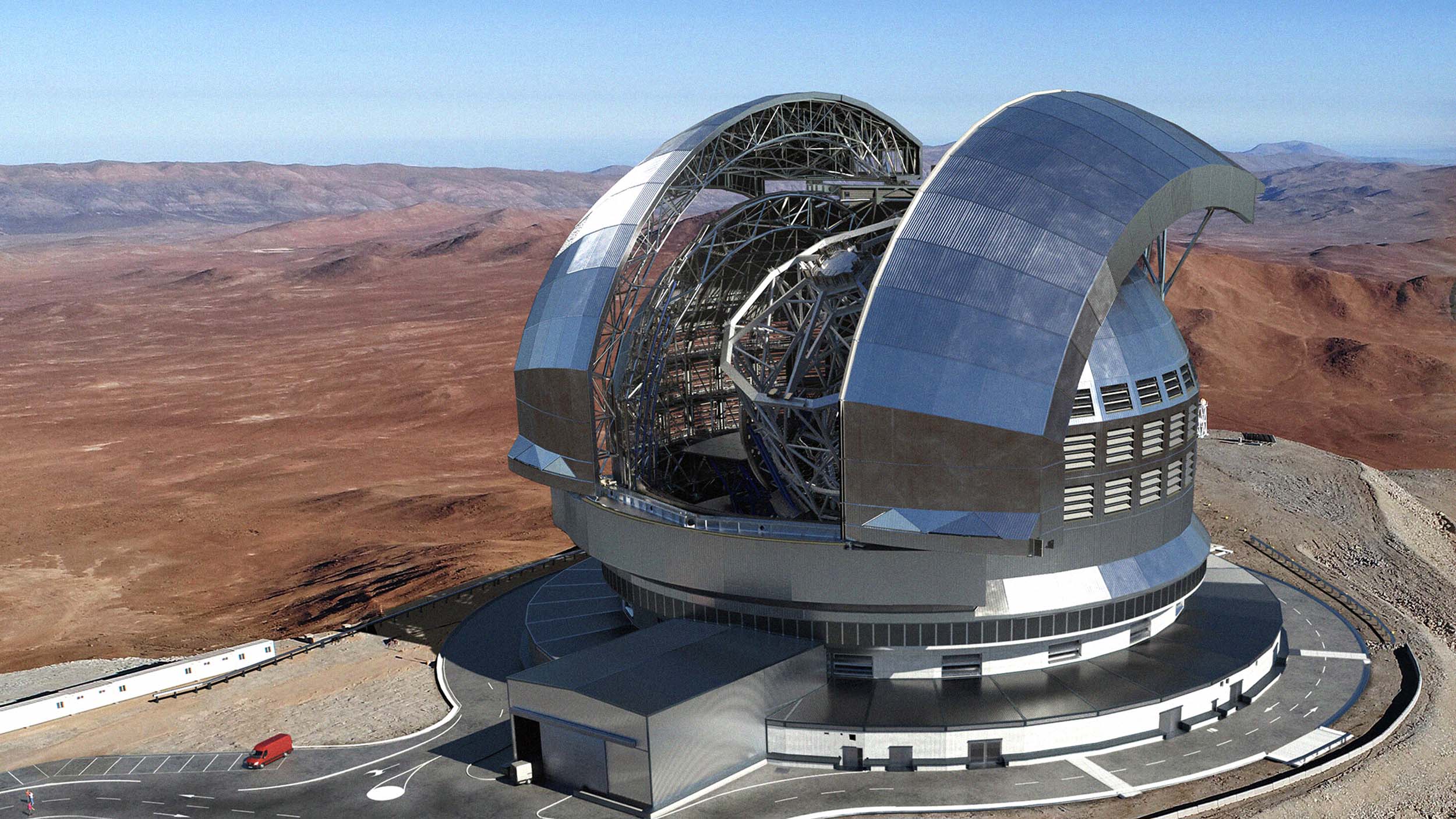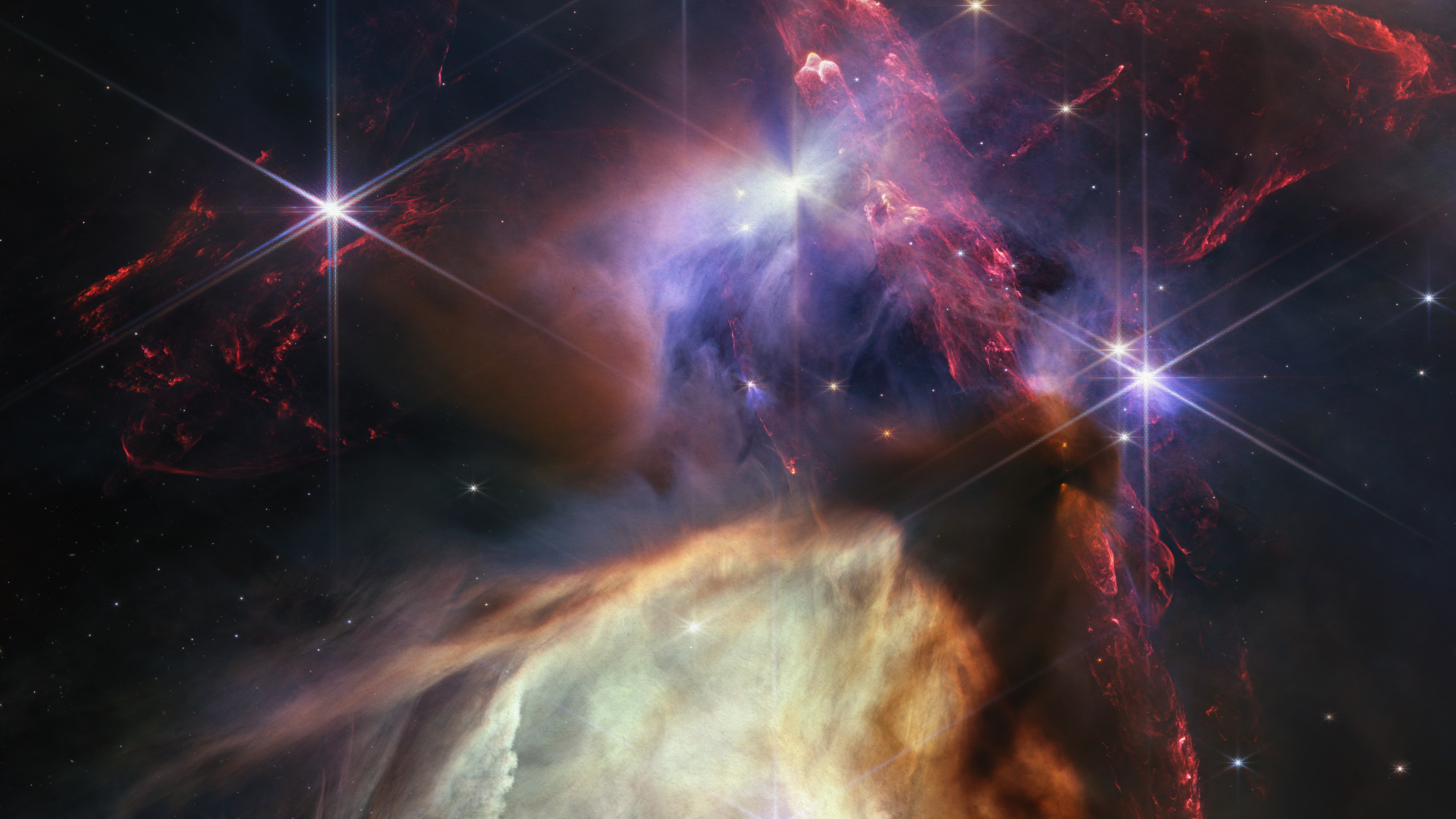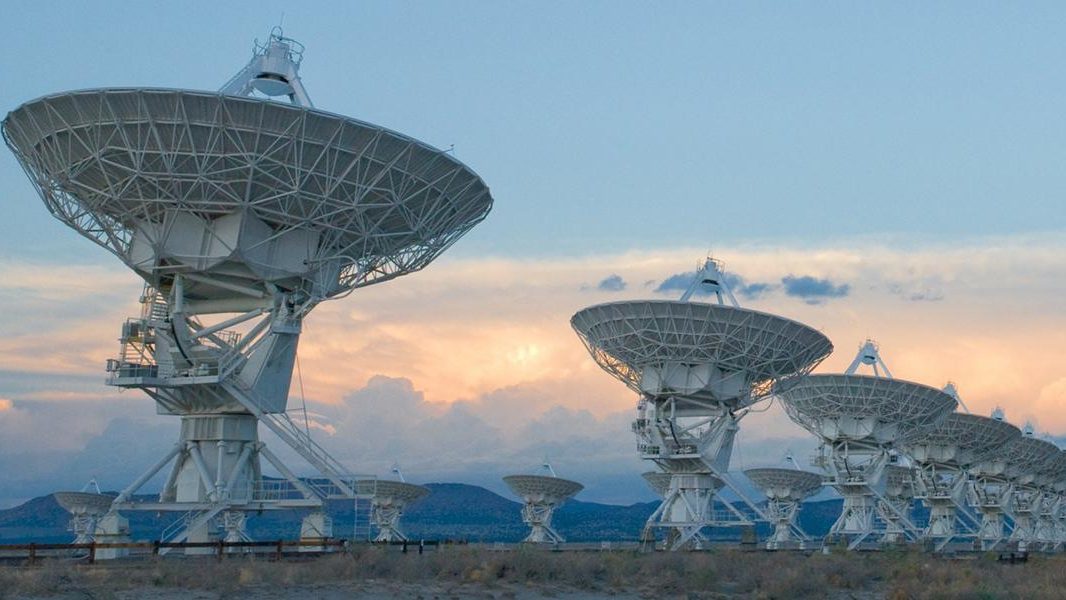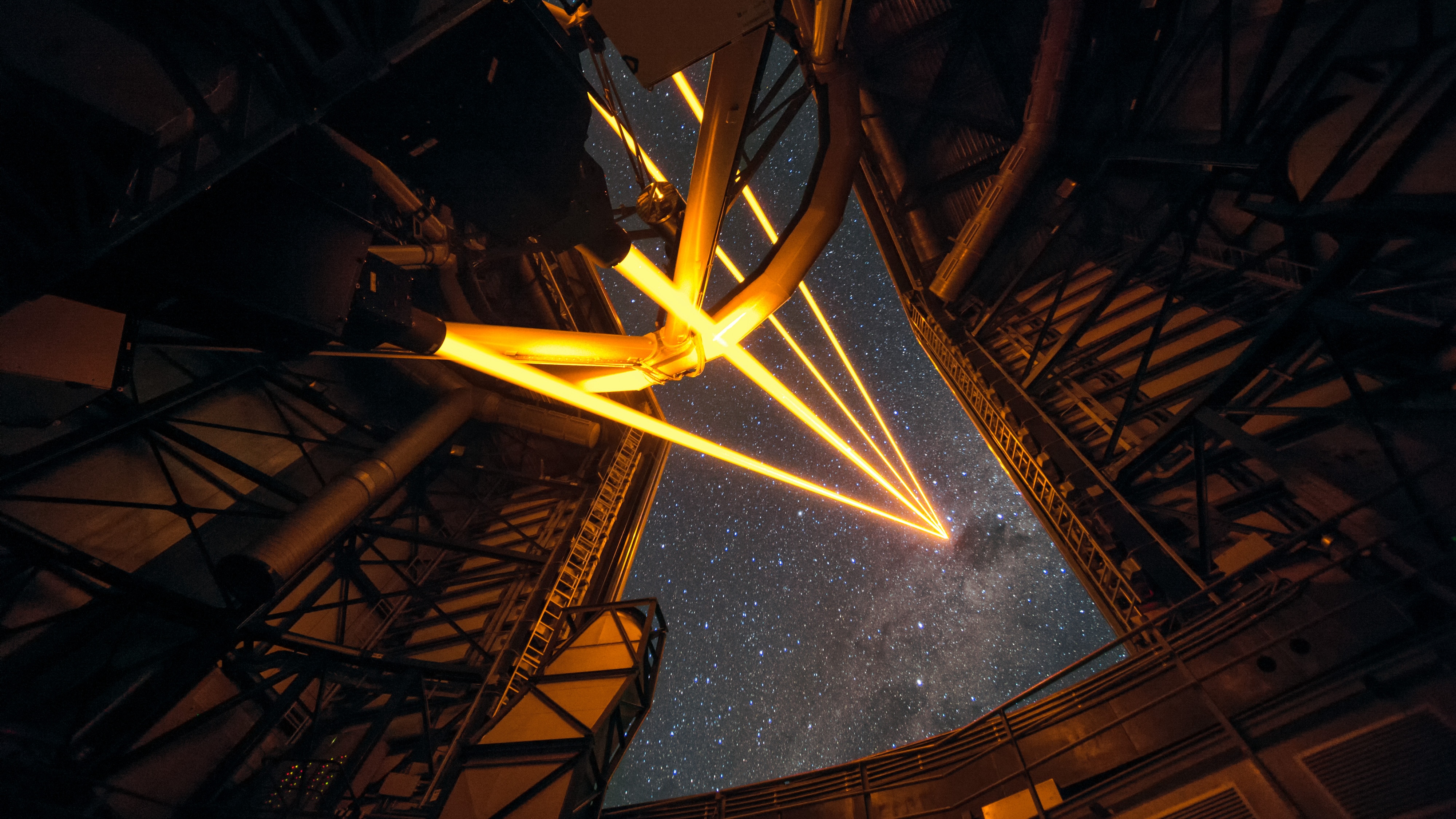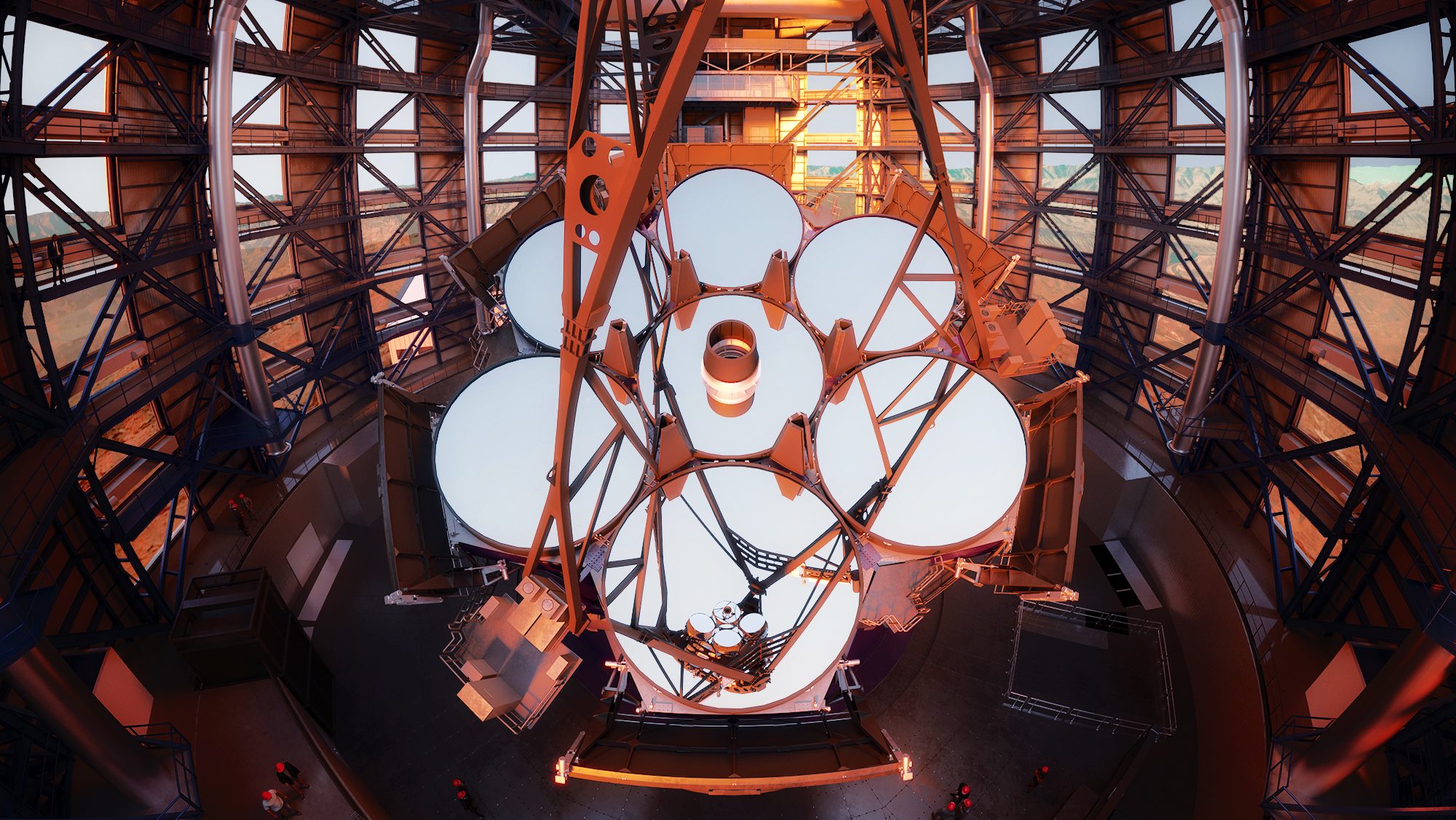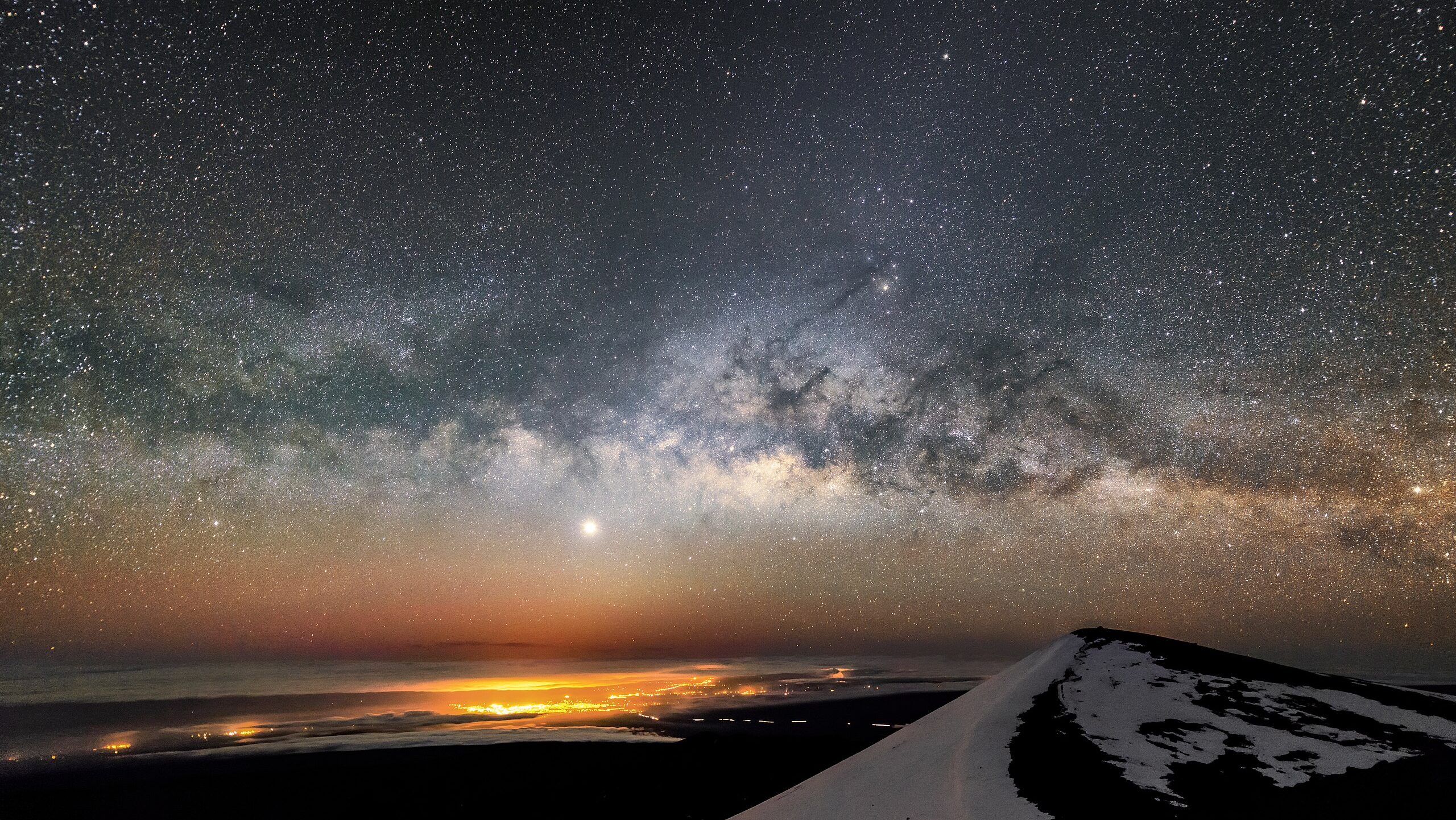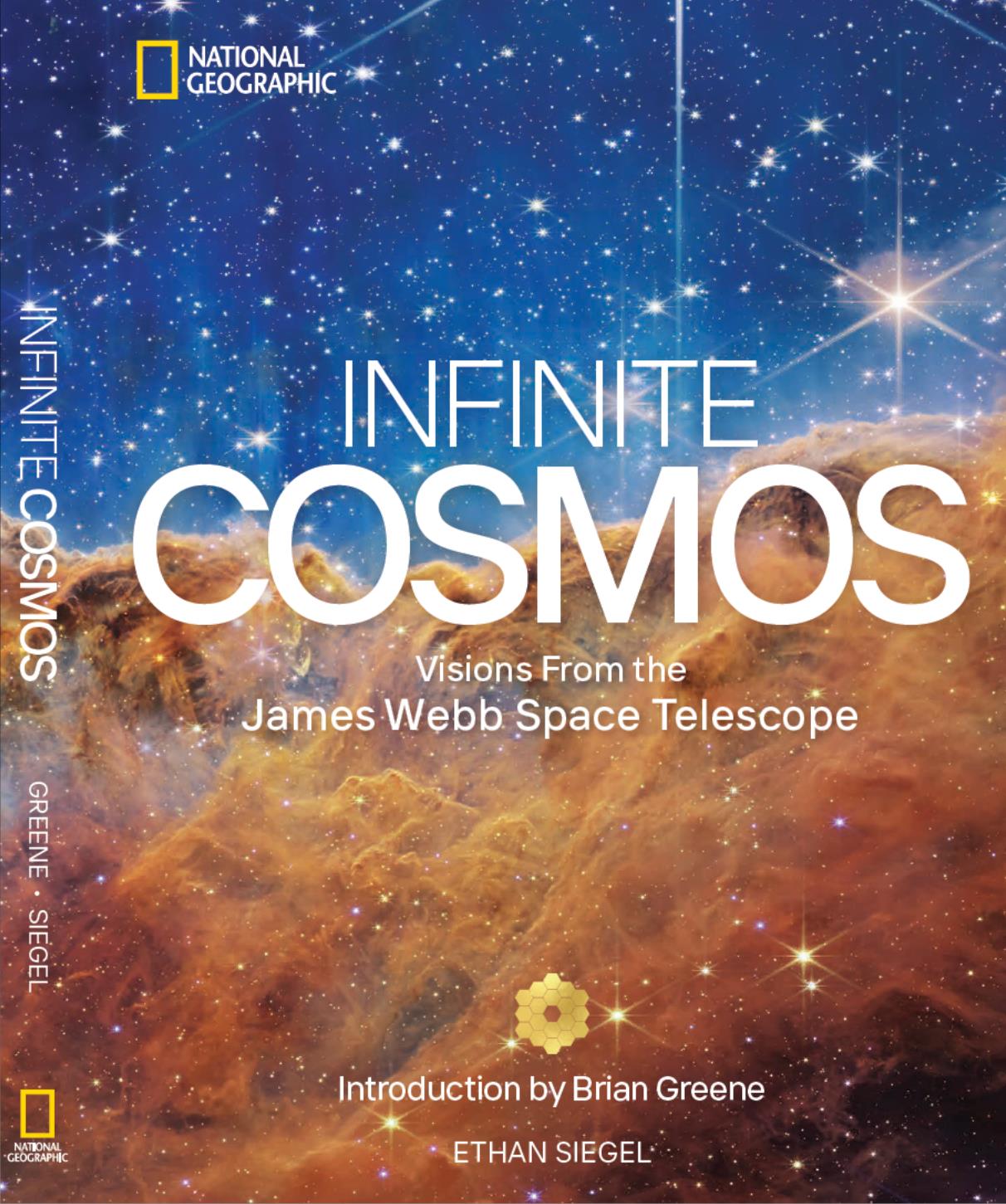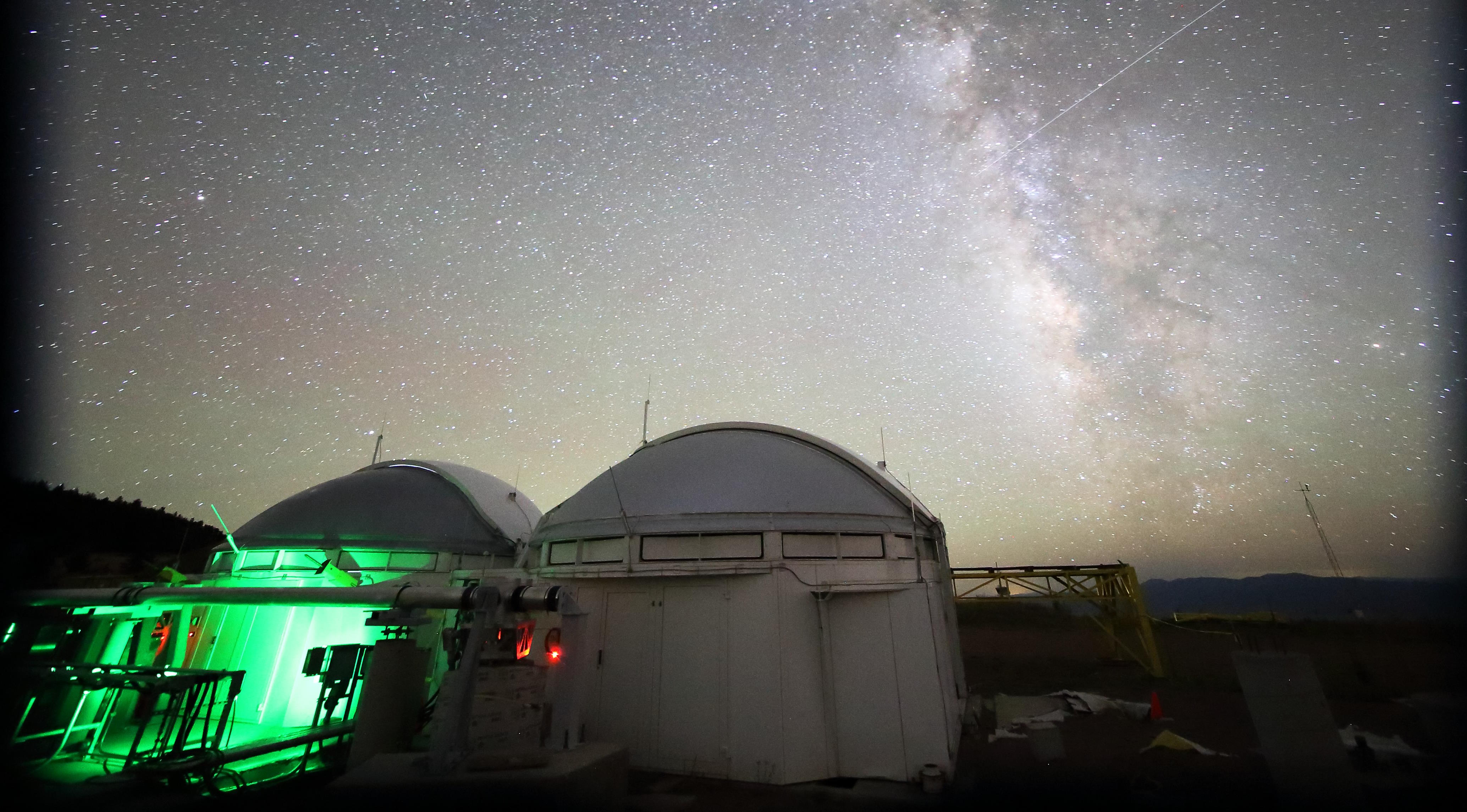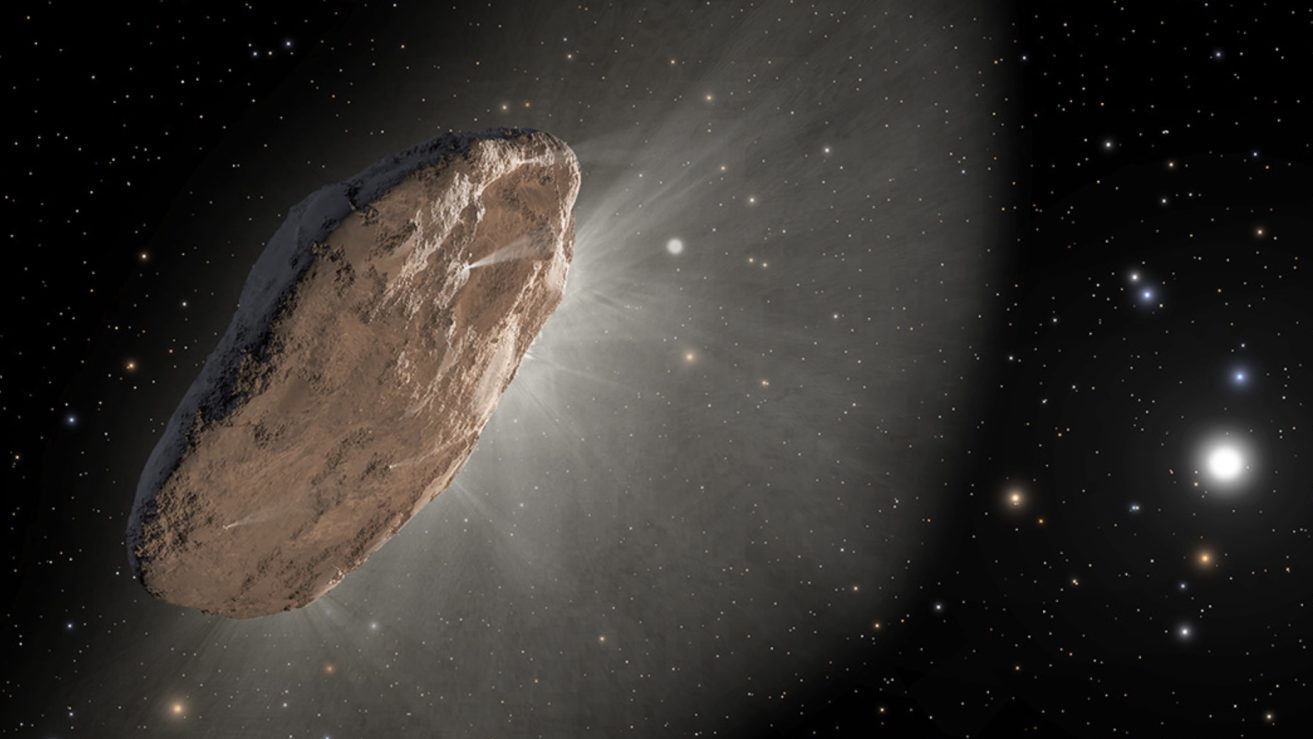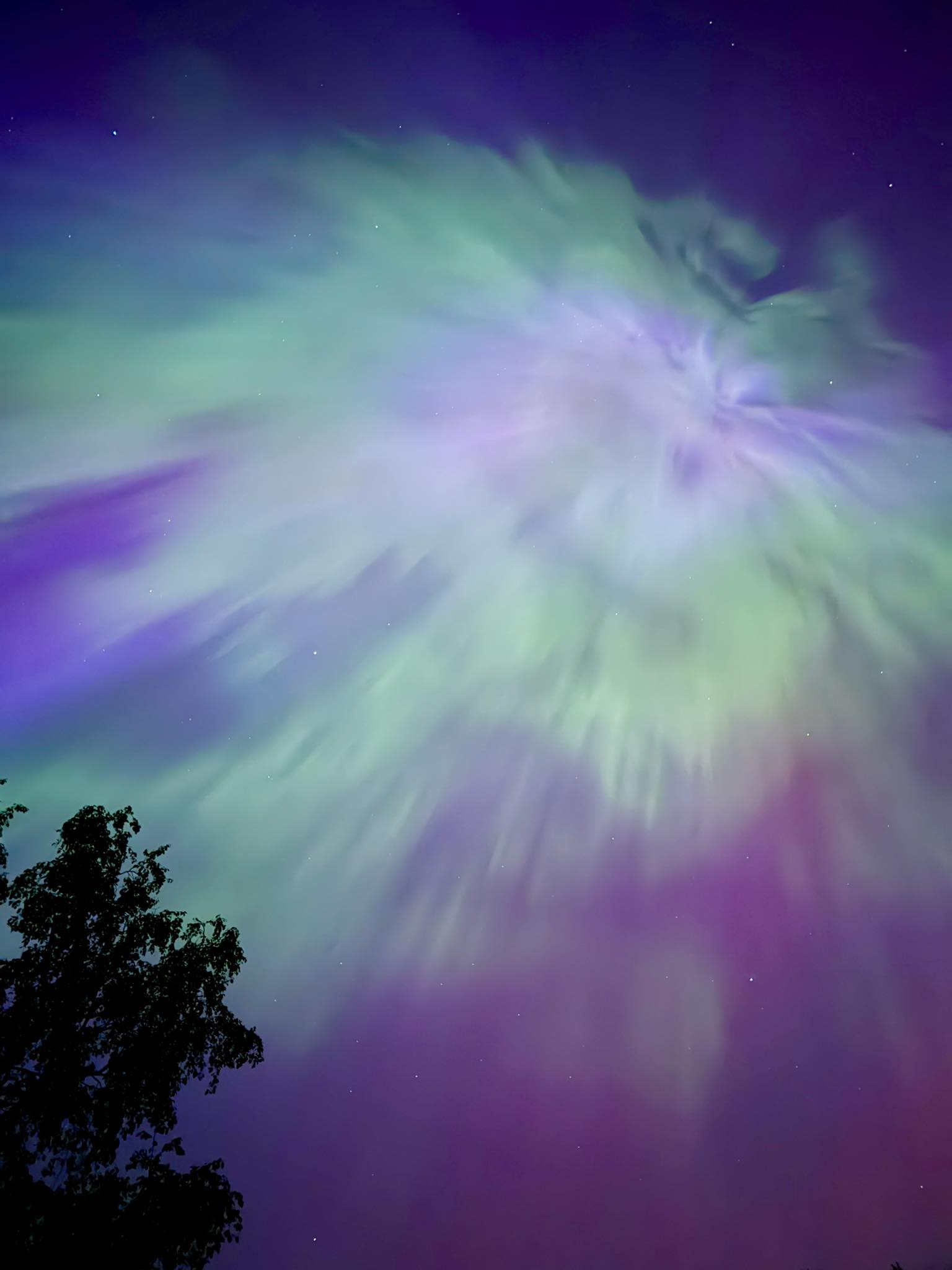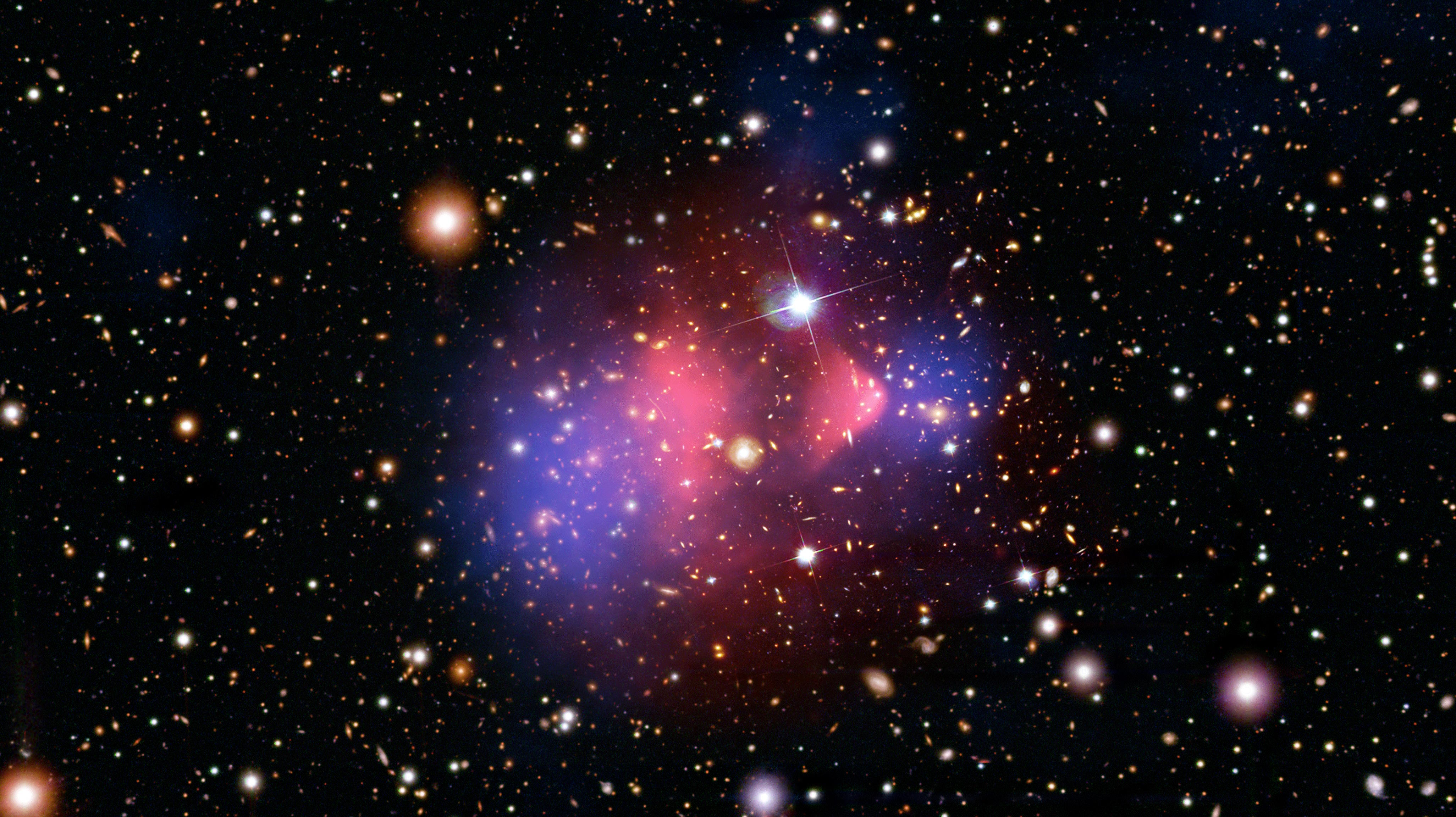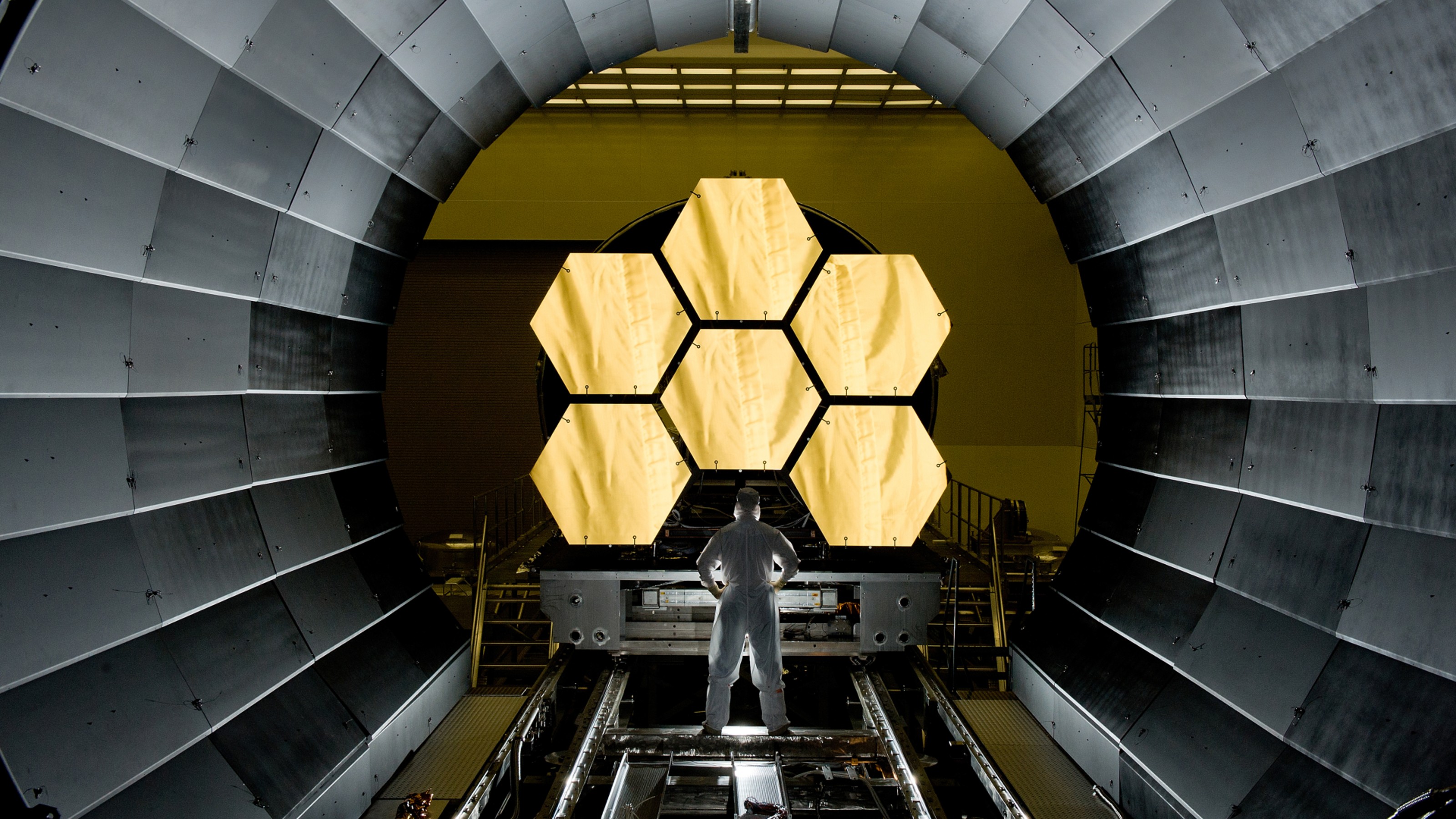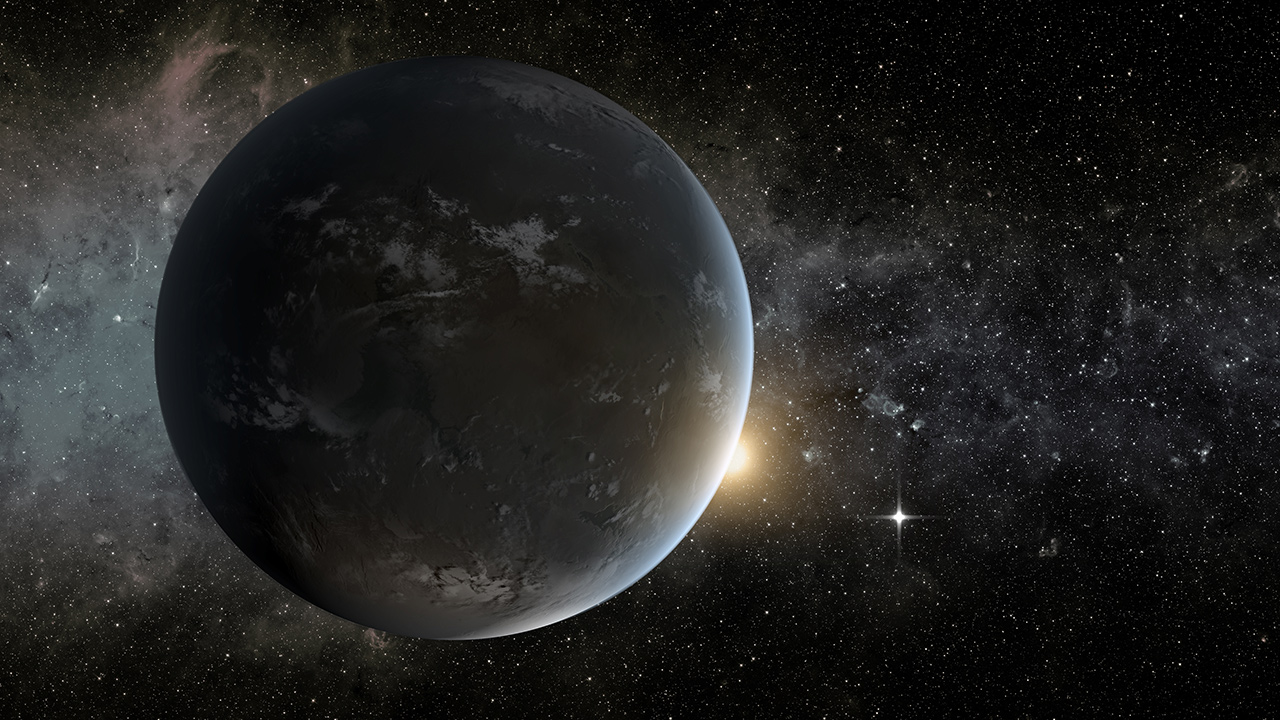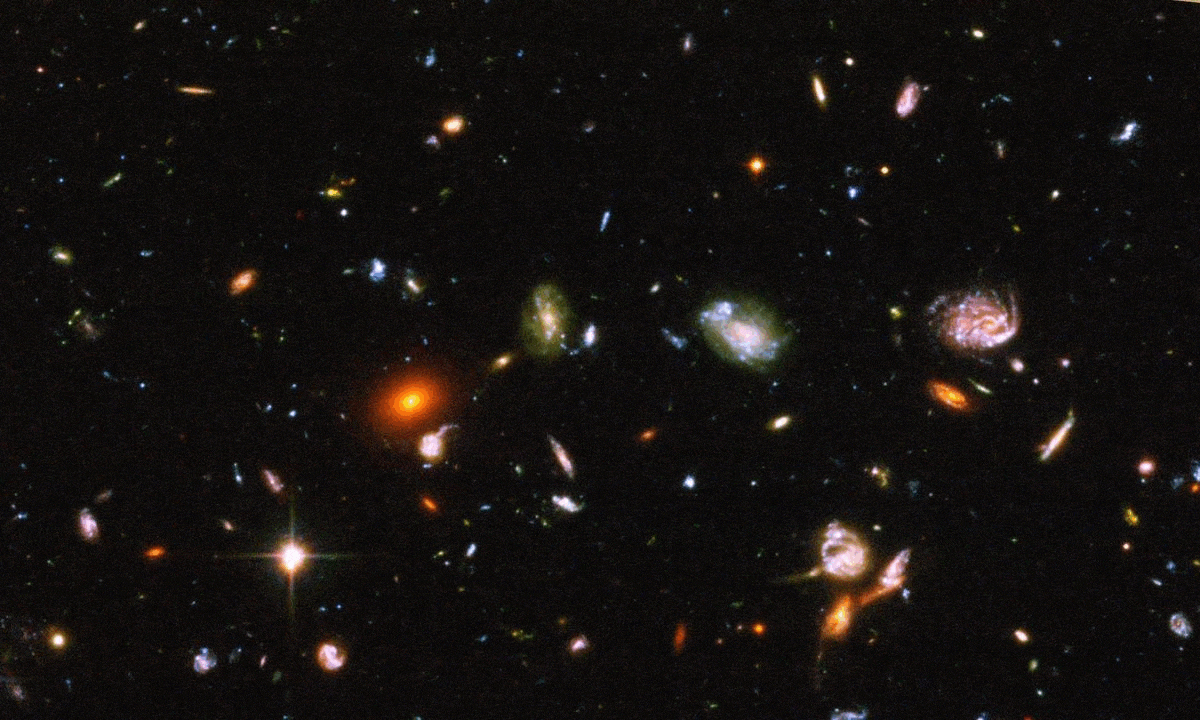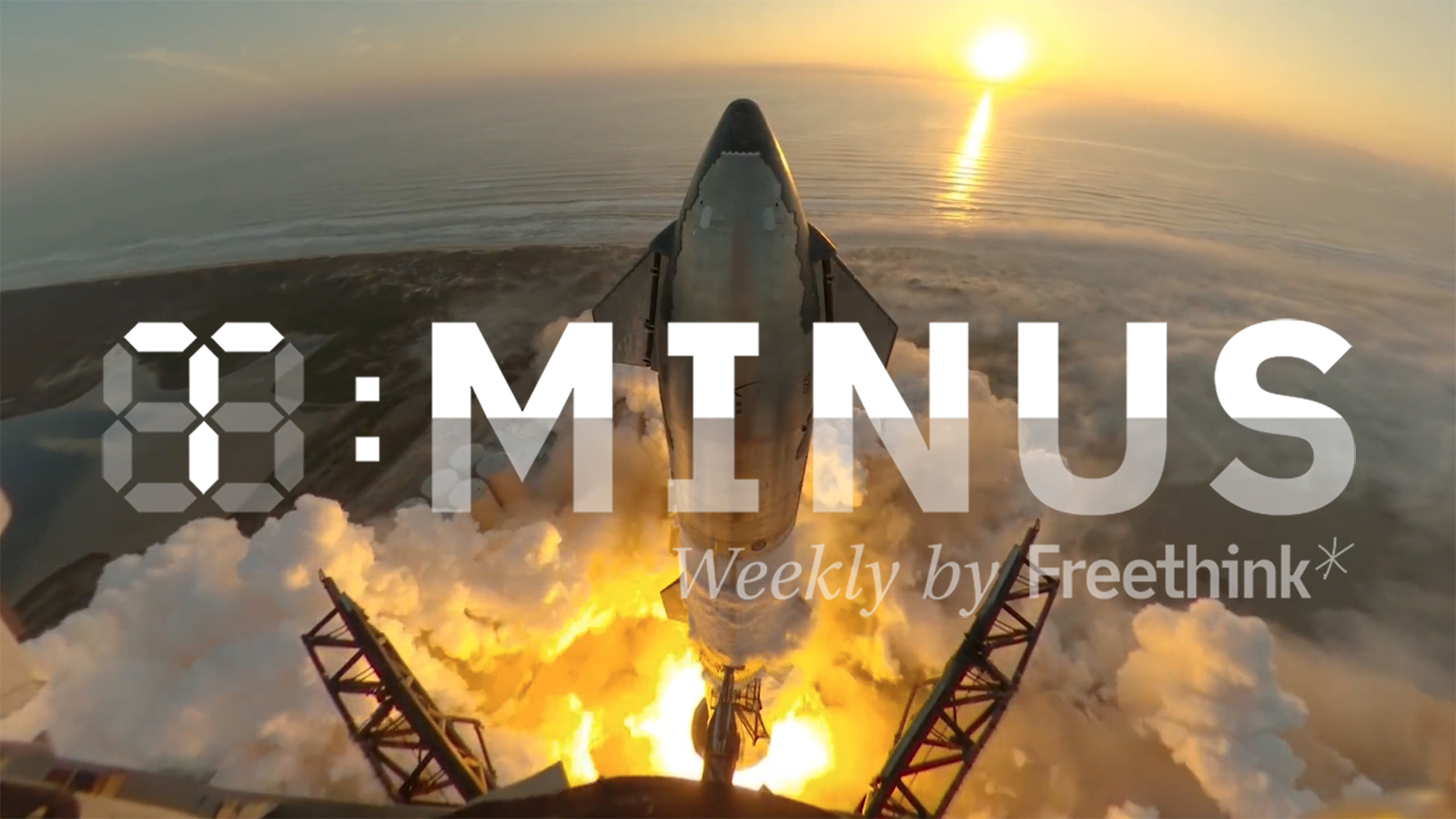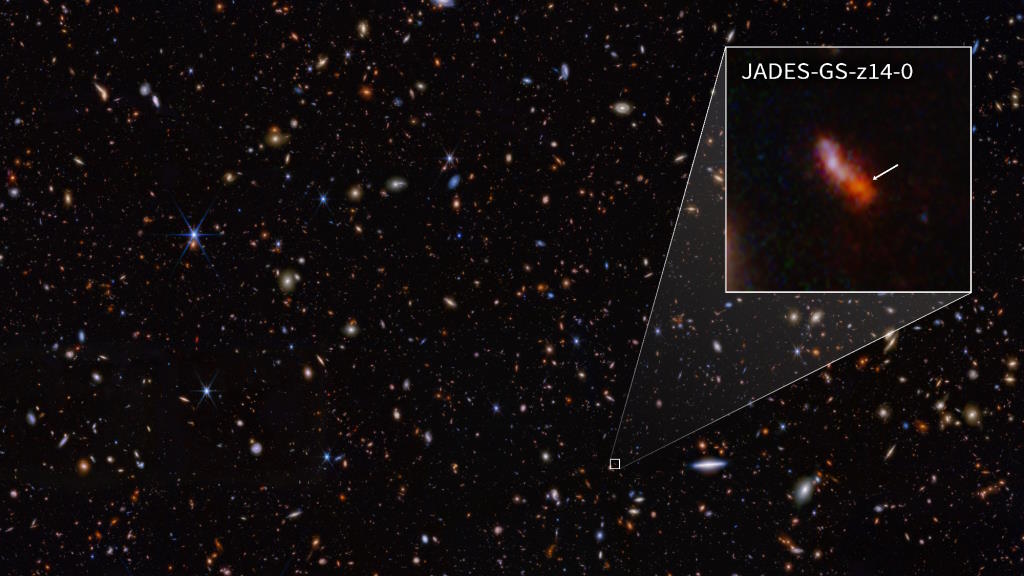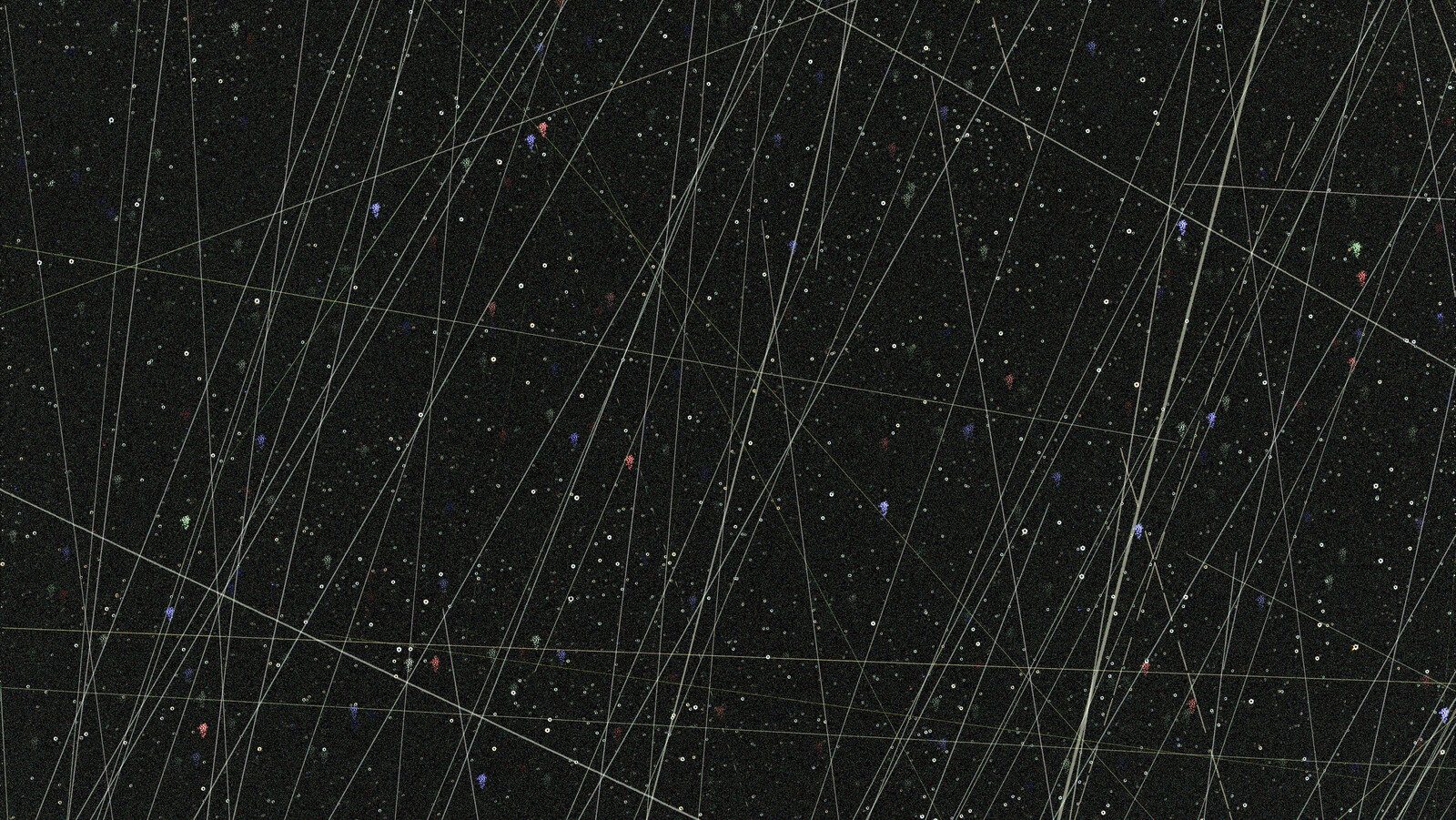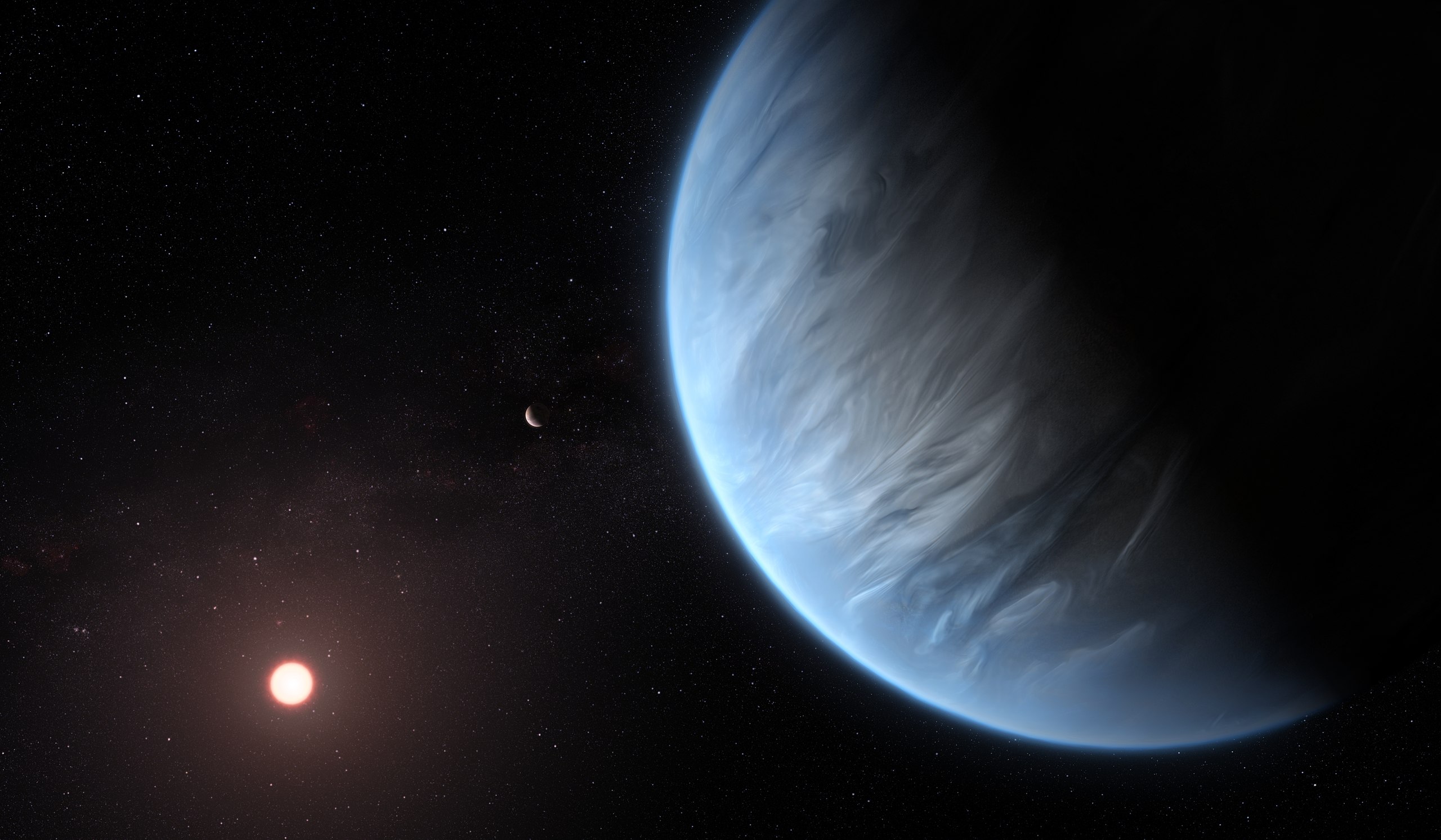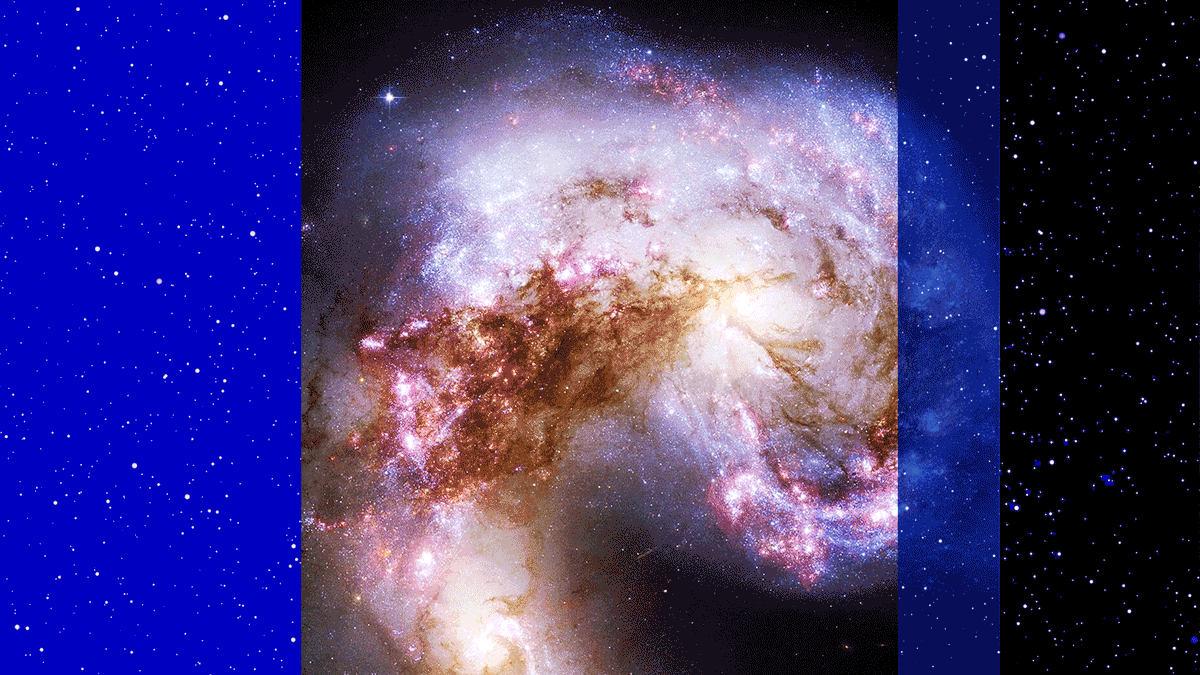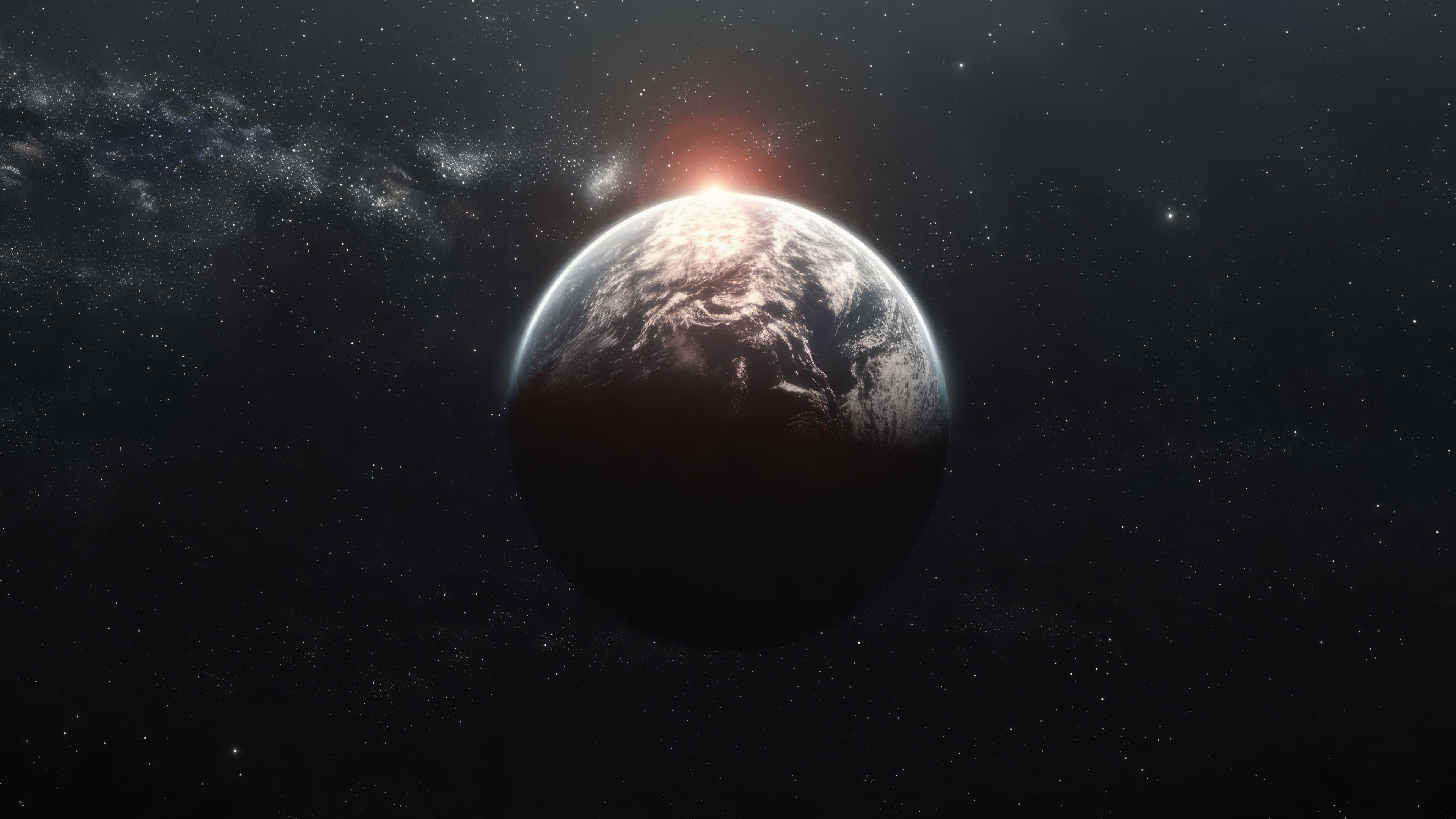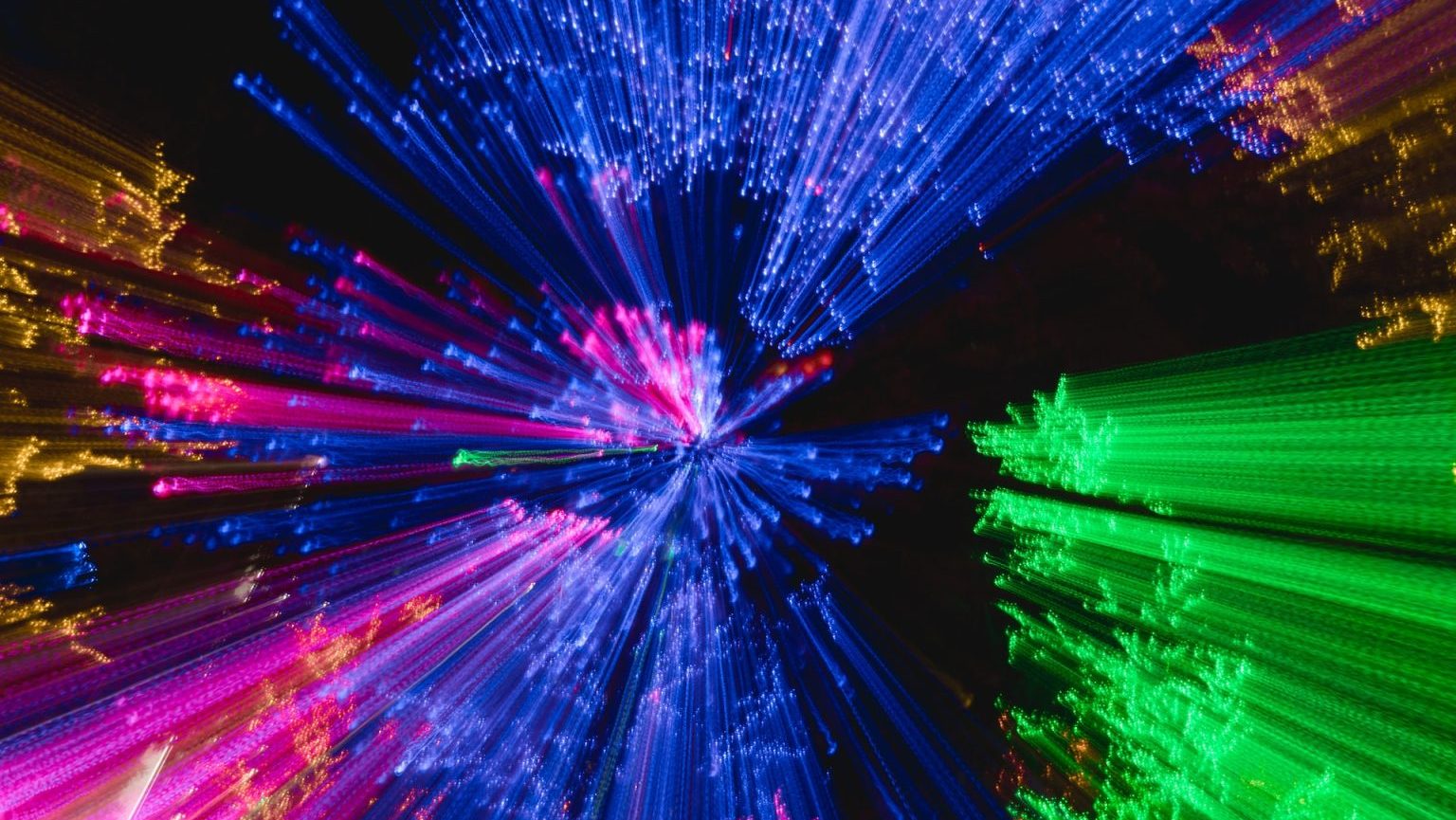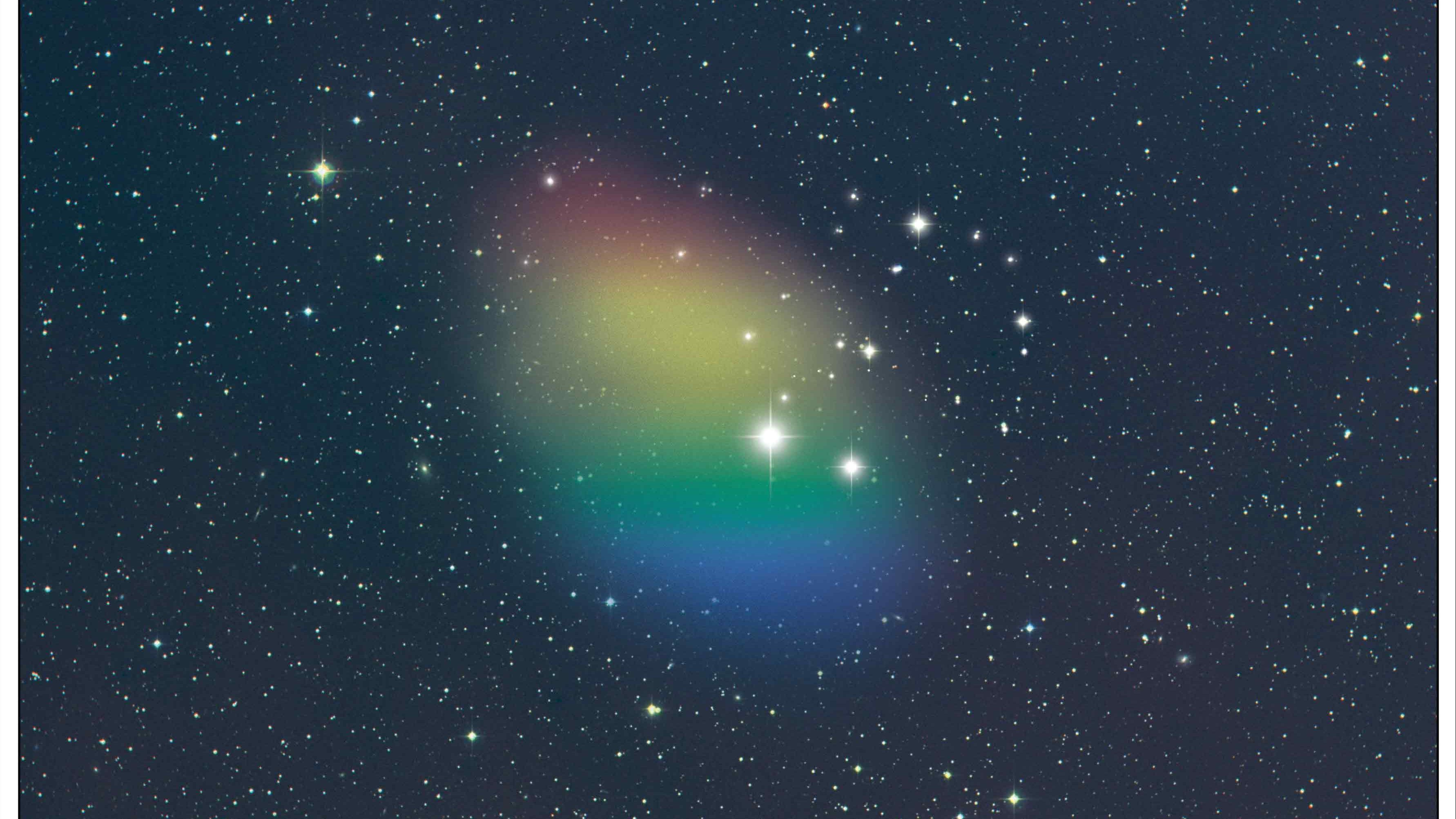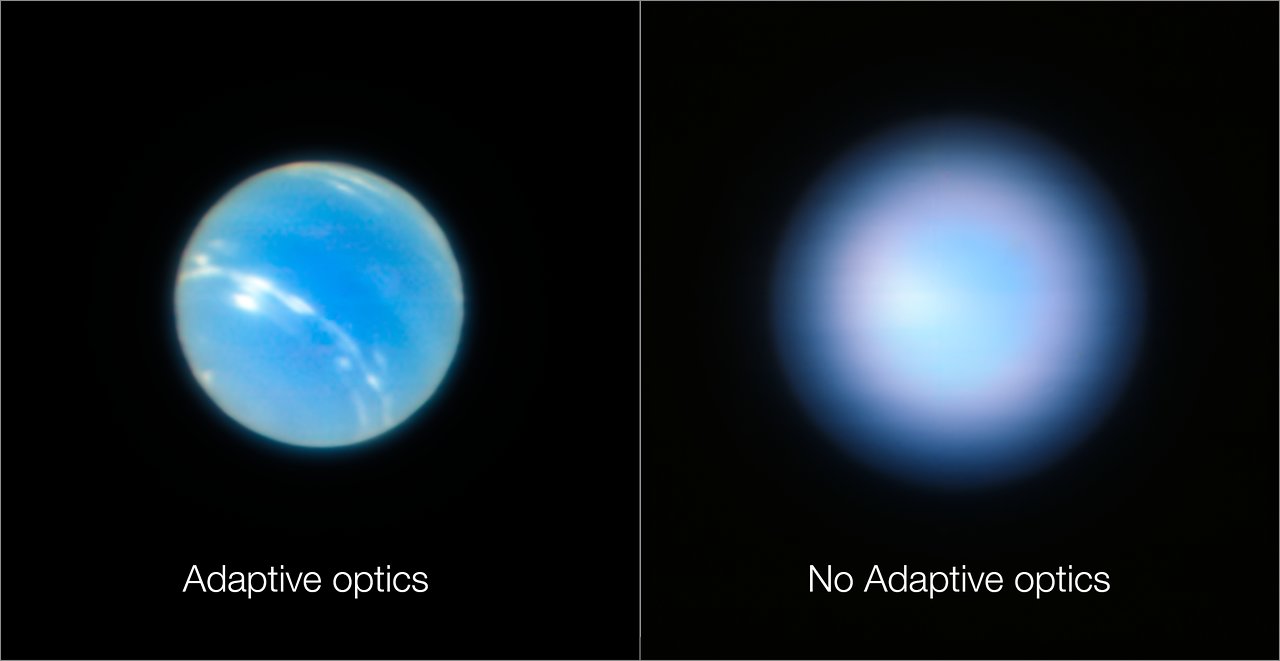The Extremely Large Telescope (ELT) will have a light-collecting power 10 times greater than today’s best telescope.
Search Results
You searched for: Telescope
The space telescope’s findings challenge the notion of a galaxy brimming with life.
The sharpest optical images, for now, come from the Hubble Space Telescope. A ground-based technique can make images over 100 times sharper.
Lasers, mirrors, and computational advances can all work together to push ground-based astronomy past the limits of our atmosphere.
In November 1974, astronomers used the radio telescope at Puerto Rico’s Arecibo Observatory to send a hello to the universe.
Ground-based facilities enable the greatest scientific production in all of astronomy. The NSF needs to be ambitious, and it’s now or never.
There are a number of factors to consider when choosing where to build a telescope. These 3 locations, on their merits, surpass all others.
National Geographic’s first James Webb Space Telescope book shows us the cosmos like never before.
NASA’s space telescopes and observatories bring humanity unrivaled science images and scientific discoveries. Here’s what should be next.
Interferometry gave us a black hole’s event horizon, but that was in the radio. What can we accomplish with a new optical interferometer?
More than two years after JWST began science operations, our Universe now looks very different. Here are its biggest science contributions.
The detection of two celestial interlopers careening through our solar system has scientists eagerly anticipating more.
With LEDs bringing brighter nighttime lighting than ever before, and thousands of new satellites polluting the skies, astronomy needs help.
The most iconic, longest-lived space telescope of all, NASA’s Hubble, is experiencing orbital decay as the solar cycle peaks. Here’s why.
NASA’s only flagship X-ray telescope ever, Chandra, still works and has no planned successor. So why does the President want to kill it?
The JWST’s observations of well-developed galaxies early in universal history may coincide with accepted astronomical theory after all.
In 2023, data from the James Webb Space Telescope soured hopes that TRAPPIST-1 c had an atmosphere. That disappointment might have been premature.
The “little red dots” were touted as being too massive, too early, for cosmology to explain. With new knowledge, everything adds up.
Freethink’s weekly countdown of the biggest space news, featuring Starship’s second test flight, a new “dark mysteries” telescope, and more.
All telescopes are fundamentally limited in what they can see. JWST reveals more distant galaxies than Hubble, but still can’t see them all.
In 1957, humanity launched our first satellite; today’s number is nearly 10,000, with 500,000+ more planned. Space is no longer pristine.
Each of our three nearest stars might have an Earth-like planet in orbit around it. Here’s what we’ll learn when we finally observe it.
The asteroid is expected to come within 140,000 miles of Earth — well inside the moon’s orbit.
The Universe has been creating stars for nearly all 13.8 billion years of its history. But those photons can’t match the Big Bang’s light.
On Saturday, October 14, a solar eclipse crosses North and South America. Here are 4 quick, easy, low-tech activities for everyone to enjoy!
Individual space telescopes, like Hubble and JWST, revolutionized our knowledge of the Universe. What if we had an array of them, instead?
An interview with Lisa Kaltenegger, the founding director of the Carl Sagan Institute, about the modern quest to answer an age-old question: “Are we alone in the cosmos?”
The first tests of optical communications far from Earth will take place aboard the asteroid-bound Psyche spacecraft
Finding it at all was a happy accident. Examining it further may help unlock the secrets hiding within the earliest galaxies of all.
Size matters, but it’s not the only thing.
